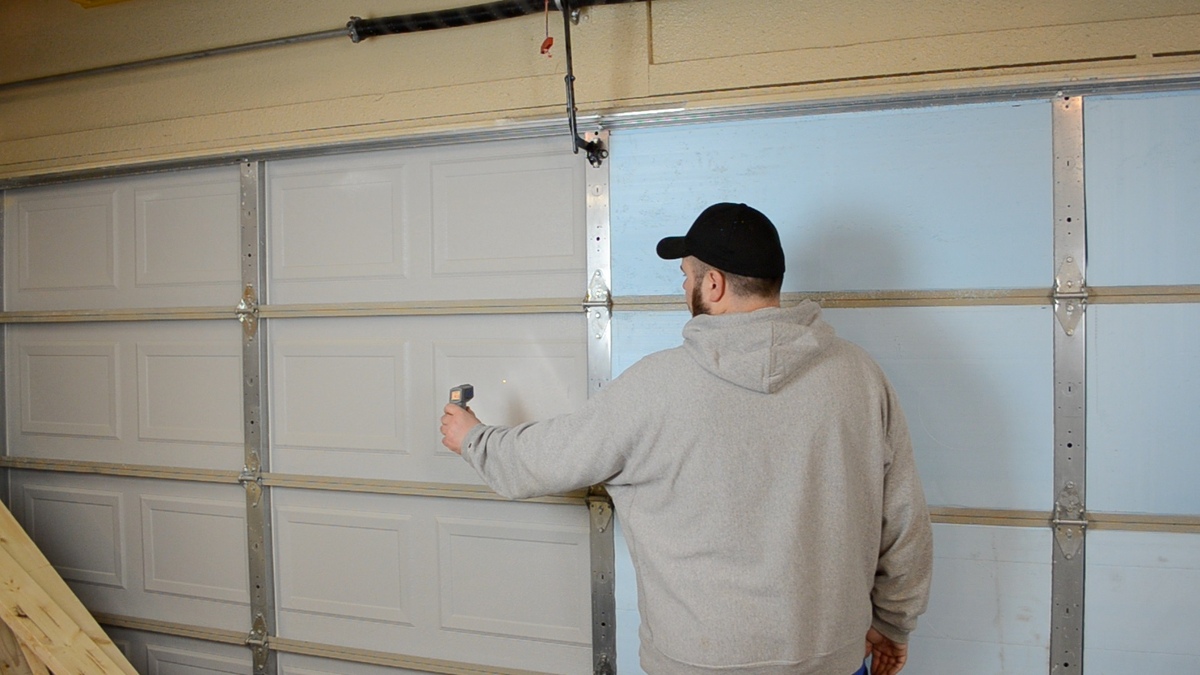

Articles
How Much Does An Insulated Garage Door Cost
Modified: October 28, 2024
Discover the average cost of an insulated garage door in this informative article. Get expert insights and tips on choosing the right door for your home.
(Many of the links in this article redirect to a specific reviewed product. Your purchase of these products through affiliate links helps to generate commission for Storables.com, at no extra cost. Learn more)
Introduction
When it comes to home improvement projects, upgrading your garage door is often overlooked. However, installing an insulated garage door can bring numerous benefits, ranging from energy efficiency to noise reduction. But before you delve into the world of insulated garage doors, it’s important to understand the cost associated with this upgrade.
In this article, we will explore the factors that can affect the cost of insulated garage doors and discuss the different types available on the market. We will also delve into the average cost of insulated garage doors and highlight additional costs to consider during the installation process. Lastly, we will outline the benefits of opting for an insulated garage door and share some tips on saving money throughout the process.
By the end of this article, you will have a comprehensive understanding of the costs involved in purchasing and installing an insulated garage door, empowering you to make an informed decision for your home.
Key Takeaways:
- Investing in an insulated garage door can bring energy efficiency, noise reduction, and increased home value. Understanding the cost factors and types available empowers homeowners to make informed decisions for their budget and needs.
- To save money on insulated garage door installation, compare quotes, consider DIY options, and take advantage of off-peak seasons and rebates. Prioritizing quality and energy efficiency ensures long-term savings and a well-functioning garage door.
Read more: How Much Does A Wooden Garage Door Cost
Factors Affecting the Cost of Insulated Garage Doors
Several factors can influence the cost of insulated garage doors. Understanding these factors will help you determine the price range and choose the best option for your budget. Let’s take a closer look at some of the key factors:
1. Material
The material of the garage door is a significant factor in determining its cost. Common materials for insulated garage doors include steel, aluminum, wood, and fiberglass. Steel doors are durable and relatively affordable, while wood doors offer a classic and elegant look but can be more expensive. Fiberglass doors are lightweight and low-maintenance but may come with a higher price tag.
2. Insulation Type
Insulated garage doors come in various insulation types, such as polyurethane and polystyrene. Polyurethane insulation provides superior thermal efficiency and is typically more expensive than polystyrene insulation. However, it also offers better noise reduction and structural integrity compared to polystyrene.
3. Size and Style
The size and style of the garage door will impact the overall cost. Larger doors will require more materials and labor for installation, resulting in a higher price. Additionally, intricate designs or customizations, such as windows or decorative hardware, can increase the cost of the door.
Read more: How Much Does A Glass Garage Door Cost
4. Brand and Quality
The brand and quality of the insulated garage door will play a role in pricing. Well-known and trusted brands often come with a higher price tag, but they also offer better durability, insulation, and warranty. Opting for a reputable brand can ensure a long-lasting and reliable product that may be worth the investment.
5. Professional Installation
The cost of professional installation should also be factored into your budget. Hiring experienced and skilled installers ensures proper installation, which is crucial for the functionality and longevity of the garage door. Installation costs can vary depending on the complexity of the project and any additional requirements, such as removing an old door or repairing the garage door opening.
By considering these factors, you can better plan your budget and prioritize the features that matter most to you. It’s important to strike a balance between cost and quality, ensuring that you get the best value for your money.
Different Types of Insulated Garage Doors
Insulated garage doors come in a variety of styles, materials, and design options. Each type has its own unique characteristics and benefits. Let’s explore some of the most common types of insulated garage doors:
1. Steel Insulated Garage Doors
Steel insulated garage doors are a popular choice due to their durability and affordability. They offer excellent insulation properties, making them energy-efficient and effective at reducing noise. Steel doors are available in different thicknesses, with thicker doors providing better insulation.
Read more: How Much Does Garage Door Spring Repair Cost
2. Aluminum Insulated Garage Doors
Aluminum insulated garage doors offer a lightweight alternative to steel doors. They typically have a sleek and modern appearance, with options for various finishes and colors. While aluminum doors may not provide the same level of insulation as steel doors, they can still offer sufficient insulation for moderate climates.
3. Wood Insulated Garage Doors
For those seeking a more traditional and elegant look, wood insulated garage doors are an excellent choice. Wood doors can be customized to match the style of your home and are available in different wood species. While they provide good insulation, it’s important to note that wood doors require regular maintenance to keep them in optimal condition.
4. Fiberglass Insulated Garage Doors
Fiberglass insulated garage doors are known for their durability and low-maintenance requirements. They are resistant to dents, corrosion, and rust, making them suitable for areas with high humidity or coastal regions. Fiberglass doors also offer good insulation properties and can mimic the appearance of wood or other materials.
5. Vinyl Insulated Garage Doors
Vinyl insulated garage doors have gained popularity due to their excellent durability and resistance to dents and scratches. They are low-maintenance and can withstand harsh weather conditions without warping or fading. Vinyl doors provide adequate insulation while offering a wide range of design options.
When choosing the type of insulated garage door, consider factors such as your budget, climate conditions, maintenance requirements, and the overall aesthetic you want to achieve. Consulting with a garage door professional can help you determine the best option for your specific needs and preferences.
Read more: How Much Does A 2-Car Garage Door Cost
Average Cost of Insulated Garage Doors
The cost of insulated garage doors can vary depending on several factors, including the material, size, insulation type, design, and brand. On average, you can expect to spend between $800 and $3,000 for a standard-sized insulated garage door. However, larger or custom doors can cost upwards of $5,000 or more.
Here is a breakdown of the average cost range for different types of insulated garage doors:
Steel Insulated Garage Doors:
- Single-layer steel doors: $800 – $1,200
- Double-layer steel doors with polystyrene insulation: $1,200 – $1,800
- Triple-layer steel doors with polyurethane insulation: $1,500 – $3,000
Aluminum Insulated Garage Doors:
- Single-layer aluminum doors: $1,000 – $1,500
- Double-layer aluminum doors with polystyrene insulation: $1,500 – $2,000
- Triple-layer aluminum doors with polyurethane insulation: $2,000 – $3,000
Wood Insulated Garage Doors:
- Custom wood doors: $2,500 – $5,000+
Read more: How Much Does It Cost For Insulation
Fiberglass Insulated Garage Doors:
- Fiberglass doors with insulation: $1,500 – $3,000
Vinyl Insulated Garage Doors:
- Vinyl doors with insulation: $1,200 – $2,500
It’s important to note that the above price ranges are averages and can vary based on factors such as the size of the door, additional features, and installation costs.
In addition to the door itself, you should also consider the cost of professional installation. This cost can add an additional $500 to $1,500 or more, depending on the complexity of the installation and any additional requirements, such as removing an old door or repairing the garage door opening.
When budgeting for your insulated garage door, it’s recommended to obtain quotes from multiple suppliers and installers. This will help you compare prices and find the best deal for your specific needs. Additionally, considering the long-term benefits of energy efficiency and durability, investing in a higher quality and properly installed insulated garage door can save you money in the long run.
Additional Costs to Consider
When planning to install an insulated garage door, it’s important to factor in additional costs that may arise throughout the process. Understanding these potential expenses will help you budget accordingly. Here are some additional costs to consider:
1. Hardware and Accessories
While many insulated garage doors come with basic hardware and accessories included, you may choose to upgrade or customize certain components. This can include decorative handles, hinges, windows, or insulation upgrades. These additional features can enhance the aesthetics and functionality of your garage door but may come with an added cost.
Read more: How Much Does USA Insulation Cost
2. Garage Door Opener System
If you don’t already have a garage door opener system installed, you’ll need to consider the cost of purchasing and installing one. Garage door opener systems come in various types, including chain-driven, belt-driven, and screw-driven. The cost will depend on the type of opener, the brand, and any additional features, such as remote access or smart home integration.
3. Professional Installation
While we mentioned professional installation as a separate cost, it’s essential to highlight it again. Unless you have experience and expertise in garage door installation, it’s best to hire professionals to ensure proper and safe installation. The cost of installation can vary depending on the complexity of the project, the location of your home, and any additional requirements, such as removing an old door or repairing the garage door opening.
4. Maintenance and Repairs
Over time, your insulated garage door may require maintenance or repairs. It’s important to include this potential cost in your budget. Regular maintenance, such as lubricating moving parts and inspecting the door for any signs of damage, can help prevent major repair expenses down the line. Additionally, consider investing in a warranty or maintenance package that can cover any unforeseen issues.
5. Permits and Regulations
Depending on your local regulations, you may need to obtain permits for installing a new garage door. Permit costs can vary, so it’s advisable to check with your local authorities for specific requirements and associated fees. Compliance with building codes ensures the safety and legality of the installation process.
By accounting for these additional expenses, you can ensure that you have a comprehensive understanding of the total cost of your insulated garage door project. This will help you avoid any surprise costs and make the necessary financial arrangements in advance.
Read more: How Much Does Insulation Cost For A House
Benefits of Insulated Garage Doors
Investing in an insulated garage door offers a range of benefits that go beyond just the aesthetics of your home. Let’s explore some of the key advantages of choosing an insulated garage door:
1. Energy Efficiency
Insulated garage doors provide better temperature regulation by minimizing heat loss in the winter and heat gain in the summer. This helps to keep your garage and the adjacent rooms more comfortable year-round. By reducing the transfer of heat, your HVAC system doesn’t have to work as hard, resulting in potential energy savings and lower utility bills.
2. Noise Reduction
Insulated garage doors have better soundproofing properties than non-insulated doors. The insulation material helps to absorb and dampen noise, making them an excellent choice if you use your garage as a workspace, gym, or play area. It also reduces the noise from external sources, such as traffic or neighbors, giving you a quieter living environment.
3. Durability and Protection
Insulated garage doors are typically made from sturdy materials, such as steel, aluminum, or fiberglass. These materials are more resistant to dents, warping, and other damages compared to non-insulated doors. Additionally, the insulation layer provides an extra level of protection against extreme temperature changes and potential damage from moisture or pests.
Read more: How Much Does Blow-In Insulation Cost
4. Improved Home Value
An insulated garage door is a desirable feature for potential homebuyers. It adds value to your property and enhances its curb appeal. When it comes time to sell your home, having an insulated garage door can make a positive impression on buyers and increase their perception of the overall quality of your home.
5. Enhanced Climate Control
If your garage is attached to your home, an insulated garage door can help improve the overall climate control of your living space. It acts as an added barrier, preventing cold air in the winter and hot air in the summer from infiltrating your home. This can create a more comfortable indoor environment and reduce the strain on your heating and cooling systems.
In addition to these benefits, insulated garage doors also offer improved security and increased privacy. The insulation layer adds an extra level of strength and durability, making it more difficult for potential intruders to break in. Furthermore, the insulation provides a visual barrier, preventing passersby from seeing inside your garage.
Overall, investing in an insulated garage door is a wise choice that brings numerous advantages. From energy efficiency and noise reduction to enhanced durability and increased home value, an insulated garage door is a valuable addition to any home.
Tips for Saving Money on Insulated Garage Door Installation
Installing an insulated garage door doesn’t have to break the bank. With some smart planning and research, you can save money while still enjoying the benefits of a more energy-efficient and functional garage. Here are some tips to help you save money on insulated garage door installation:
1. Compare Quotes
Obtain quotes from multiple suppliers and installation professionals to compare prices. This will give you a better understanding of the average costs in your area and help you find the best deal for the quality and features you desire. Don’t forget to factor in the reputation and experience of the installers when making your decision.
Read more: How Much Does Garage Repair Cost
2. Consider DIY Options
If you have the necessary skills and tools, you can save money by installing the insulated garage door yourself. However, keep in mind that garage door installation can be complex and time-consuming. Be sure to carefully read the manufacturer’s instructions and consult with professionals if you have any doubts or concerns about the installation process.
3. Opt for Standard Sizes and Designs
Customized or non-standard garage door sizes and intricate designs can significantly increase the cost. Choosing a standard-sized insulated garage door and a more straightforward design can help keep the price within budget. However, ensure that the standard size fits your garage opening correctly.
4. Consider Lower Insulation R-Values
The R-value measures the insulation effectiveness of the garage door. Higher R-values generally indicate better insulation but also come at a higher cost. Evaluate your climate and needs to determine if a lower R-value will suffice for your garage. This can help save money without compromising on energy efficiency.
5. Shop During Off-Peak Seasons
Garage door installation professionals may offer discounts or promotions during slower periods. Consider scheduling the installation during off-peak seasons, such as late fall or early spring, to take advantage of potential cost savings. Additionally, contractors may have more availability during these times, making it easier to secure their services at a lower price.
Read more: How Much Does It Cost To Paint Garage Floor
6. Take Advantage of Rebates and Incentives
Check with your local government or utility companies for any available rebates or incentives for installing energy-efficient garage doors. You may qualify for monetary discounts or tax credits that can help offset the cost of purchasing and installing an insulated garage door. These programs can vary, so be sure to research the options available in your area.
7. Proper Maintenance and Care
Maintaining and caring for your insulated garage door can extend its lifespan and prevent costly repairs or replacements. Follow the manufacturer’s recommendations for regular maintenance, such as lubricating moving parts and cleaning the door surface. Additionally, promptly address any issues or damages to prevent further problems that may require professional repairs.
By implementing these money-saving tips, you can make a cost-effective choice when installing an insulated garage door. Remember to prioritize quality and energy efficiency to ensure long-term savings and a well-functioning garage door.
Conclusion
Investing in an insulated garage door is a smart choice that brings numerous benefits, from energy efficiency and noise reduction to improved durability and increased home value. Understanding the factors that can affect the cost of insulated garage doors and knowing the different types available on the market will help you make an informed decision that fits your budget and meets your needs.
While the average cost of insulated garage doors can vary depending on factors such as material, size, insulation type, and brand, it’s important to consider the long-term benefits and potential energy savings when making your purchase. Remember to also account for additional costs, such as hardware and accessories, garage door opener systems, professional installation, maintenance, and permits.
To save money on insulated garage door installation, consider comparing quotes from multiple suppliers and installers, opting for standard sizes and designs, and exploring DIY options if you have the necessary skills and tools. Taking advantage of off-peak seasons, rebates, and incentives can also help reduce the overall cost. Additionally, properly maintaining your insulated garage door will prolong its lifespan and save you from expensive repairs down the line.
By carefully considering the costs and benefits, you can make a well-informed decision when choosing an insulated garage door. Remember that while the upfront cost may be higher than non-insulated options, the long-term savings and advantages make it a worthwhile investment.
Now that you have a comprehensive understanding of insulated garage door costs and the various factors involved, you can confidently proceed with upgrading your garage and enjoying the benefits that come with it. Whether it’s energy efficiency, noise reduction, or enhanced durability, an insulated garage door is a valuable addition that will enhance your home and improve your daily living experience.
Frequently Asked Questions about How Much Does An Insulated Garage Door Cost
Was this page helpful?
At Storables.com, we guarantee accurate and reliable information. Our content, validated by Expert Board Contributors, is crafted following stringent Editorial Policies. We're committed to providing you with well-researched, expert-backed insights for all your informational needs.
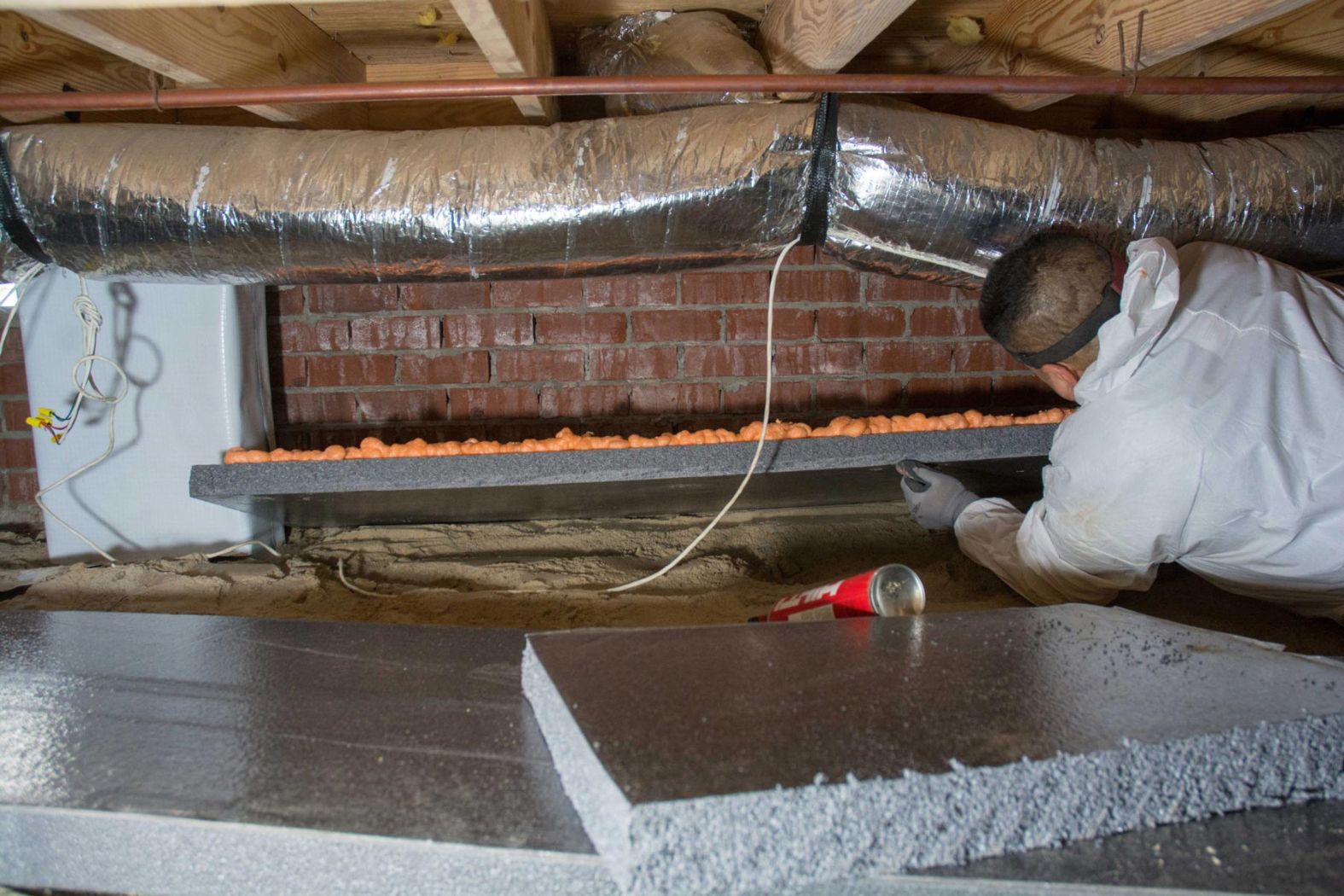
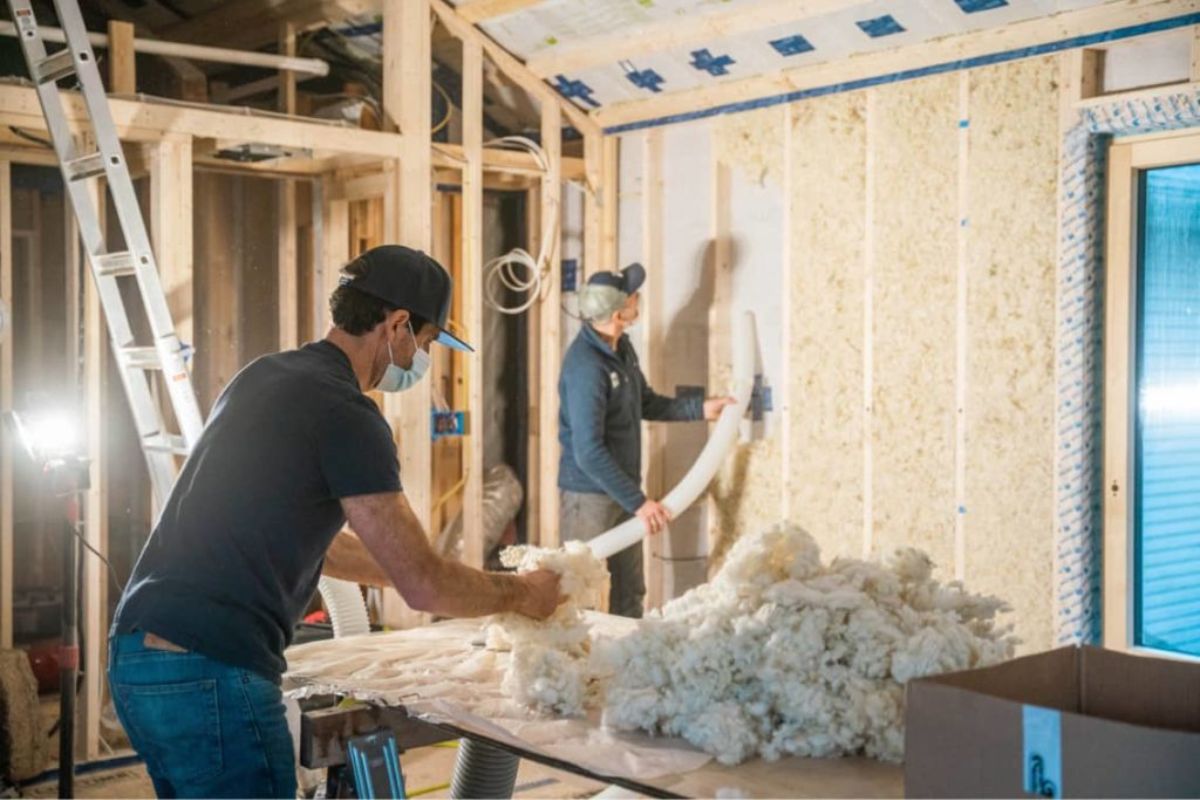

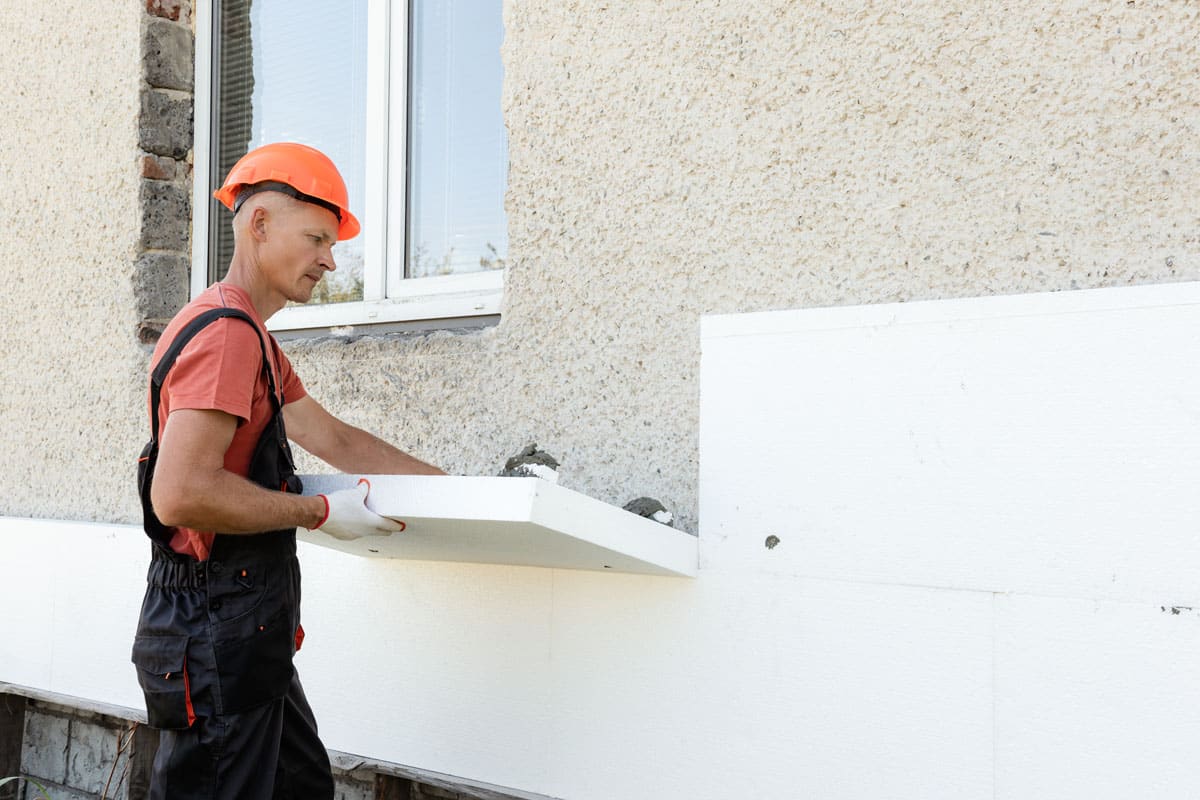
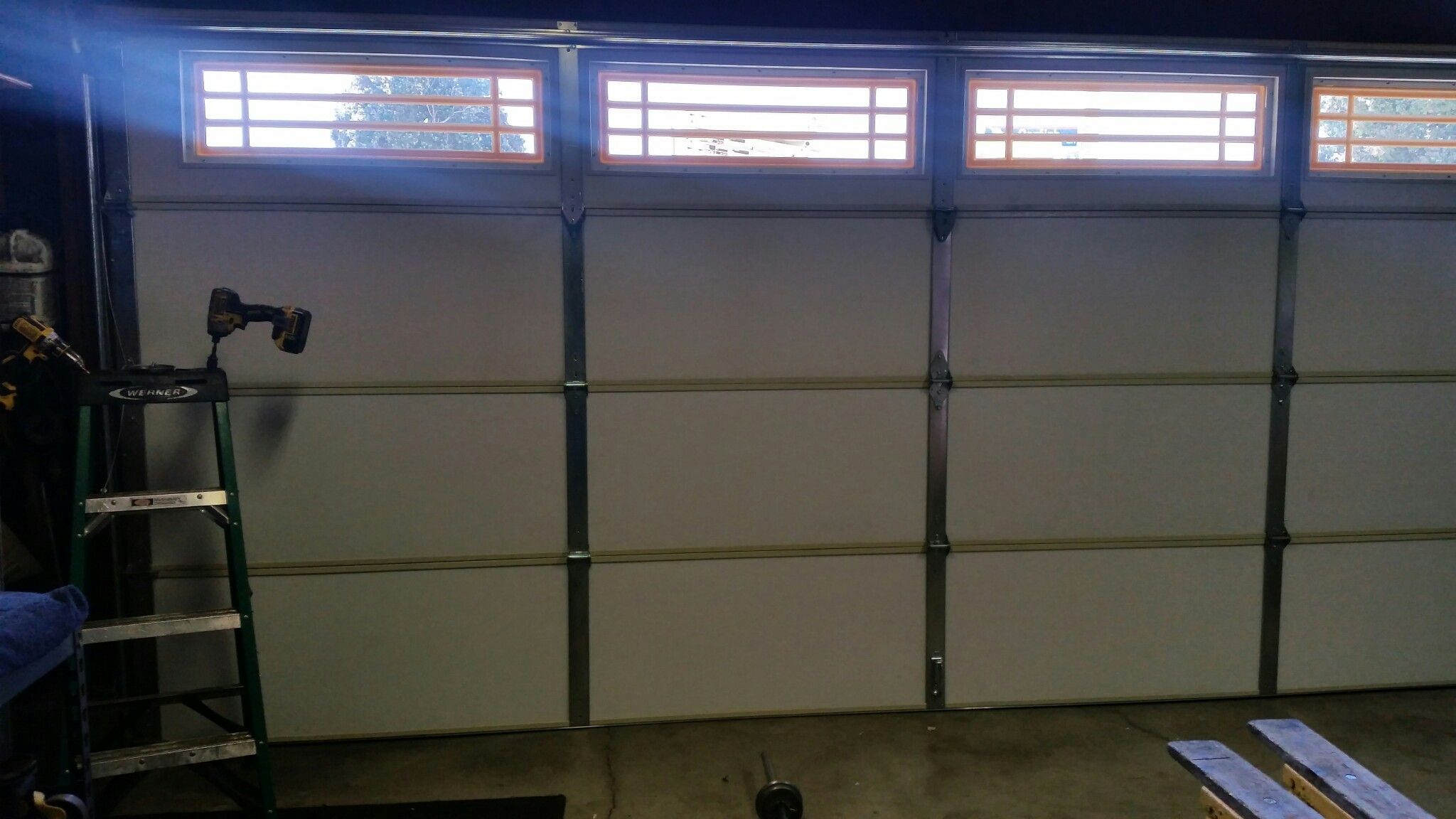
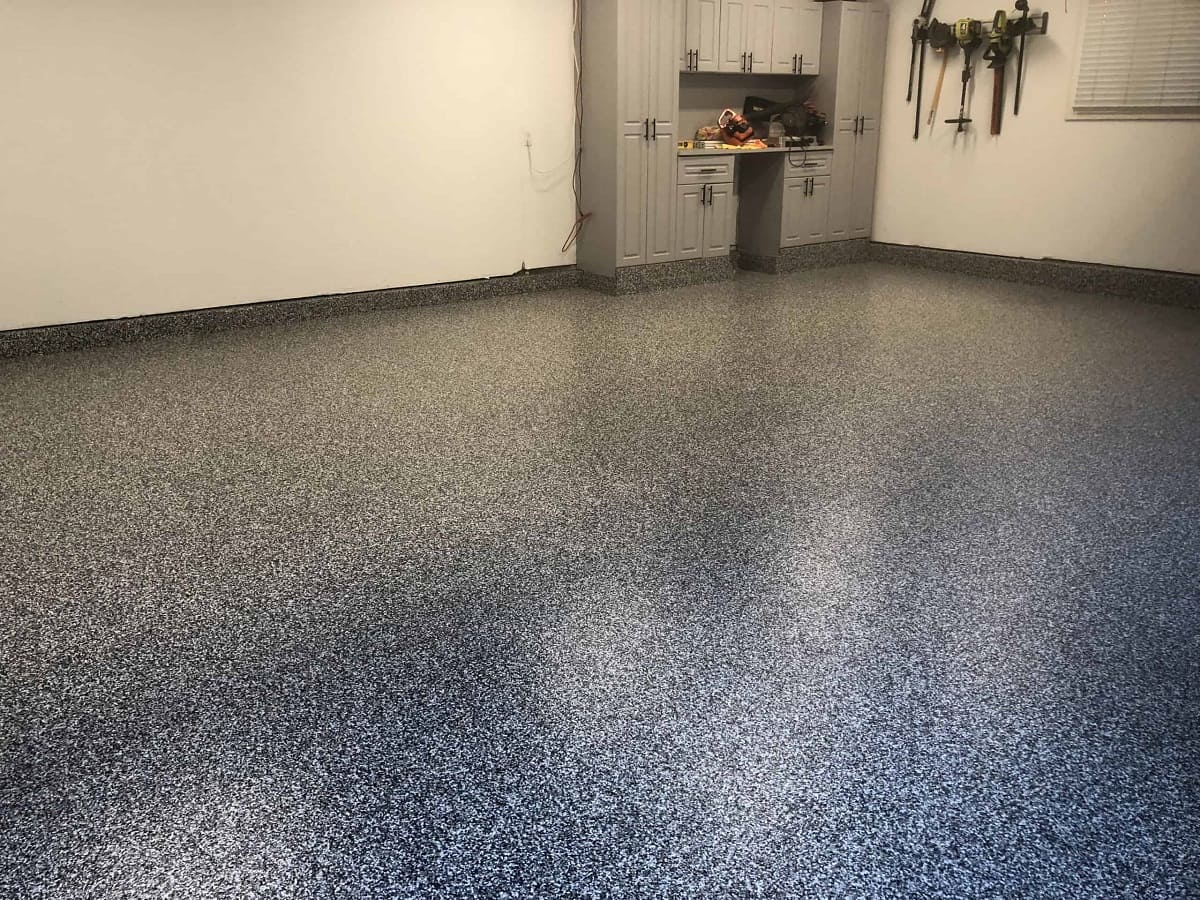

0 thoughts on “How Much Does An Insulated Garage Door Cost”